They may be tiny, but collectively plant (phyto) and animal (zoo) plankton play an important role in the global carbon cycle.
Phytoplankton capture the sun's energy and atmospheric CO2 at the ocean's surface, and are eaten by zooplankton, which make this energy available to larger animals such as fish and whales who feed on them. Both phytoplankton and zooplankton play a key role in exporting this CO2 from the surface to the deepest depths.
This NIWA voyage—led by Dr. Moira Decima and NIWA scientists in partnership with multiple international collaborators—starting on 23 October 2018, will focus on the special role salps play in carbon cycling, and where they fit in marine food webs off the New Zealand coast. Salps are jelly-like marine animals, shaped like barrel, that combine swimming with moving by pumping water through a feeding filter. They play a unique ecological and biogeochemical role as extensive grazers of some of the smallest marine phytoplankton. The SalpPOOP (Salp and Particle expOrt Ocean Production) voyage will an exciting scientific enterprise!
Salps can form lengthy colonies that bloom across thousands of square kilometres, and effectively clear most of the particles in the water in which they live, transporting large amounts of organic material (including their poop and dead salp carcasses) rapidly to deep ocean zones.
There are some important questions scientists hope to answer through the TAN1810 voyage objectives:
- How exactly do salp blooms change carbon flows through the ecosystem and how can we quantify this?
- Do salp blooms significantly alter the tight growth/grazing relationship between phytoplankton and micrograzers?
- Are salps a link or a sink for carbon transfer in the upper water column?
While salps role in exporting carbon is well recognised, finding salp blooms when they are only seasonally present, and found in patches, will be a challenge for the researchers on board the R.V.Tangaroa while off the Canterbury coast, and across the Chatham Rise.
Voyage researchers will report on their salp sampling and findings regularly, and hopefully answer a number of other planktonic puzzles along the way. Also on the voyage will be several Blake Ambassadors who will be involved in the salp research, and will report on life onboard the RV Tangaroa.
TAN1810 voyage map
The course of RV Tangaroa taken during the voyage; blog posts have an orange "i" marker. Dates and times detailed are UTC, 13 hours behind NZ daylight time.
Voyage updates
-
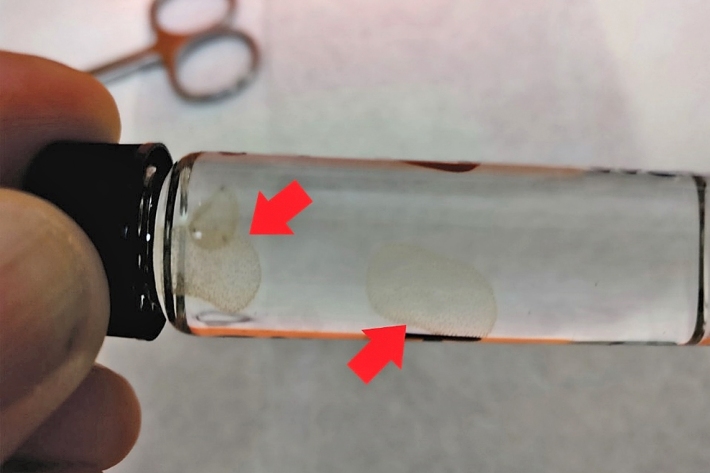
Voyage Update 9: Protistan diversity
During the voyage, we collected planktonic protist cells for which DNA will be sequenced for taxonomic identification, but also to understand their physiology through the daily diurnal vertical migration (diel) cycle. -
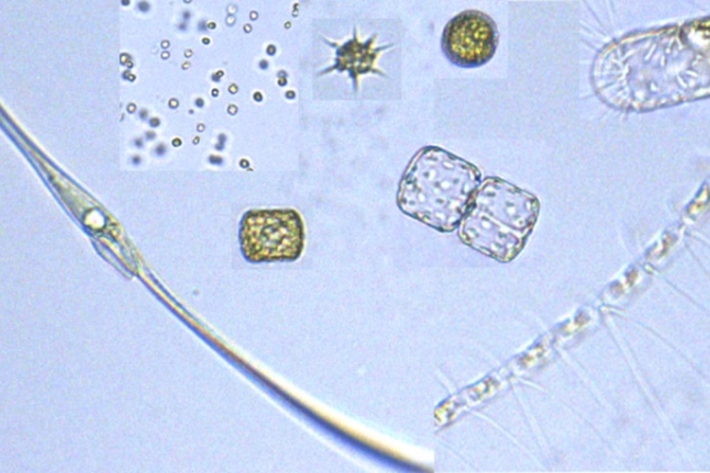
Voyage Update 8. Phytoplankton diversity and production
Phytoplankton: tiny cells with a big job -
Voyage Update 7: Bongo-Bongo – and we hit 100!
16 November 2018. By Voyage Leader Dr Moira Decima. -
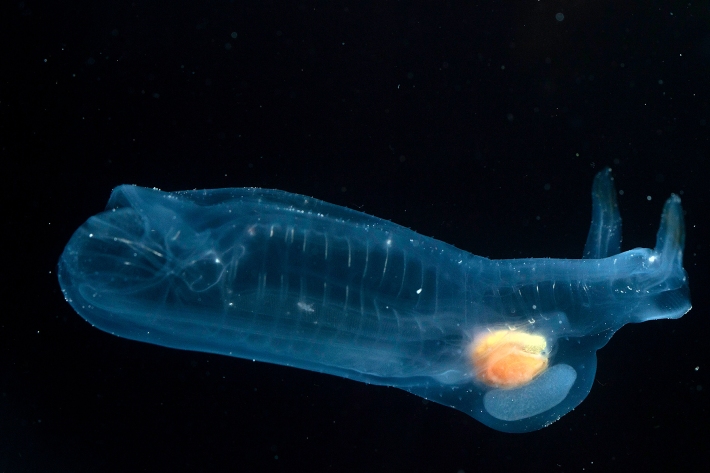
Voyage Update 6: Thetys vagina – Giant of the salps and colossal pooper
13 November 2018. By Voyage Leader Dr Moira Decima. -
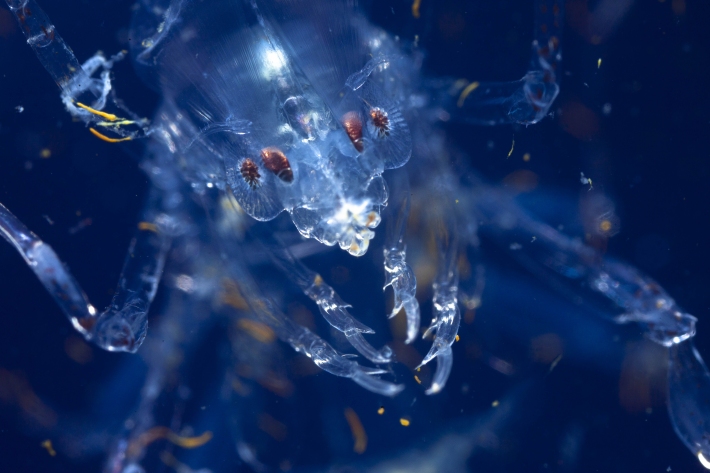
Voyage Update 5: Salp parasites and micropredators
10 November 2018. By Voyage Leader Dr Moira Decima. -
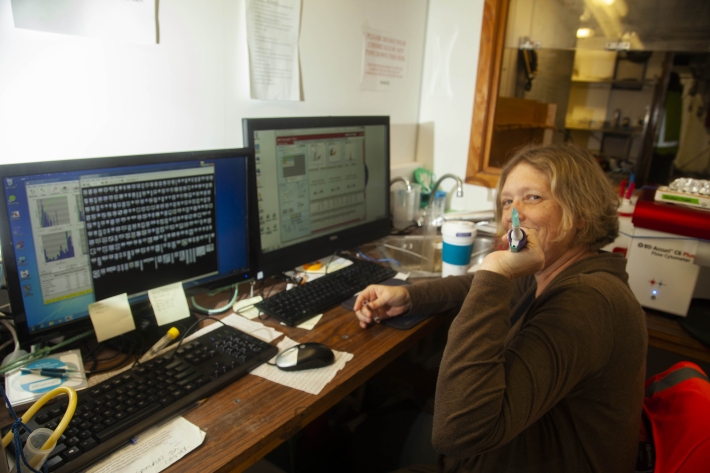
Voyage Update 4: Phytoplankton–the base of the food chain!
8 November 2018. By Voyage Leader Dr Moira Decima. -
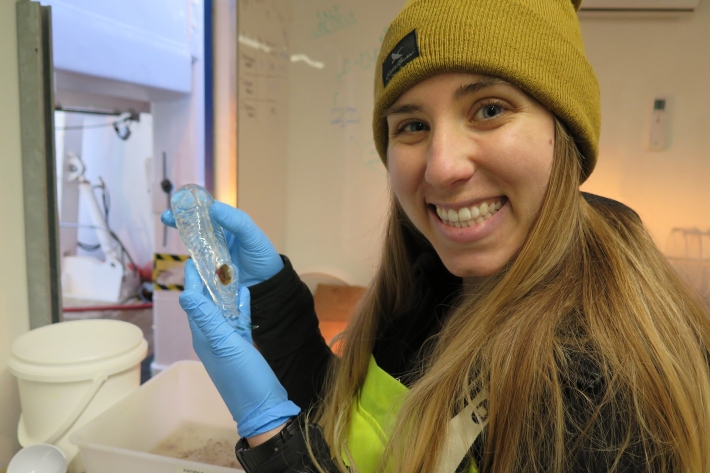
Voyage Update 3: It’s a salp world out there
4 November 2018. By Voyage Leader Dr Moira Decima. -

Voyage Update 2: Salp Cycle 1 is going well…
30 October 2018. By Voyage Leader Dr Moira Decima. -
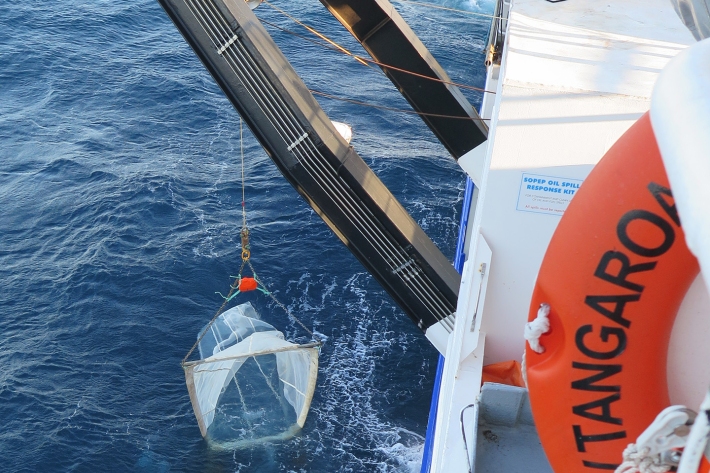
Voyage Update: Cycle 1 begins!
25 October 2018. By Voyage Leader Dr Moira Decima. -
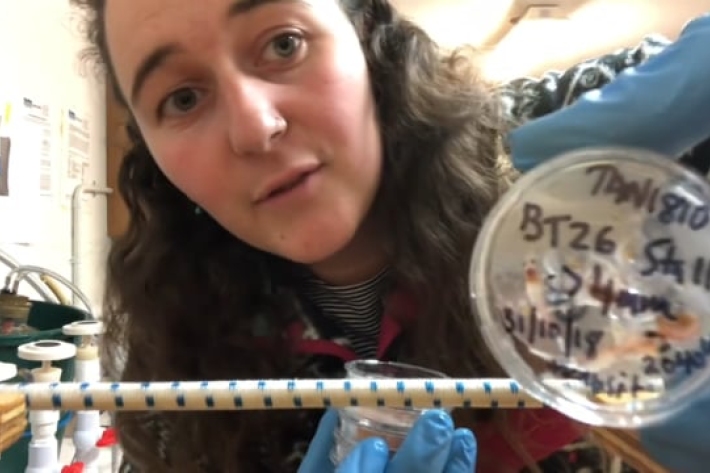
NIWA Blake Ambassadors Vlog 3: It's bongo time!
18 Nov 2018. NIWA Blake Ambassador—Lana Young—explains how bongo nets are deployed to collect plankton around the clock on board the RV Tangaroa. -
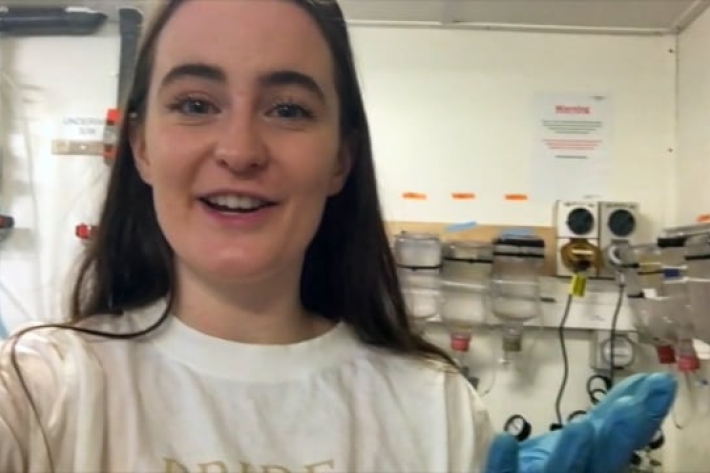
NIWA Blake Ambassadors Vlog 2: Fishing... for water!
-

NIWA Blake Ambassadors Vlog 1: Sampling salps 24/7
Sampling salps from different depths

